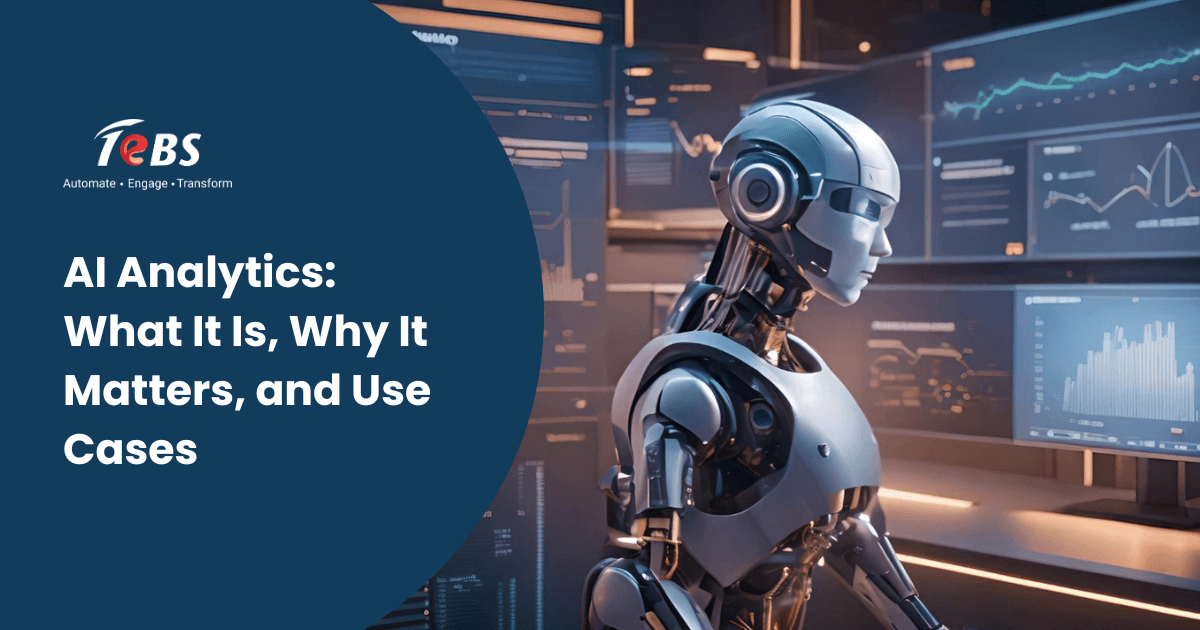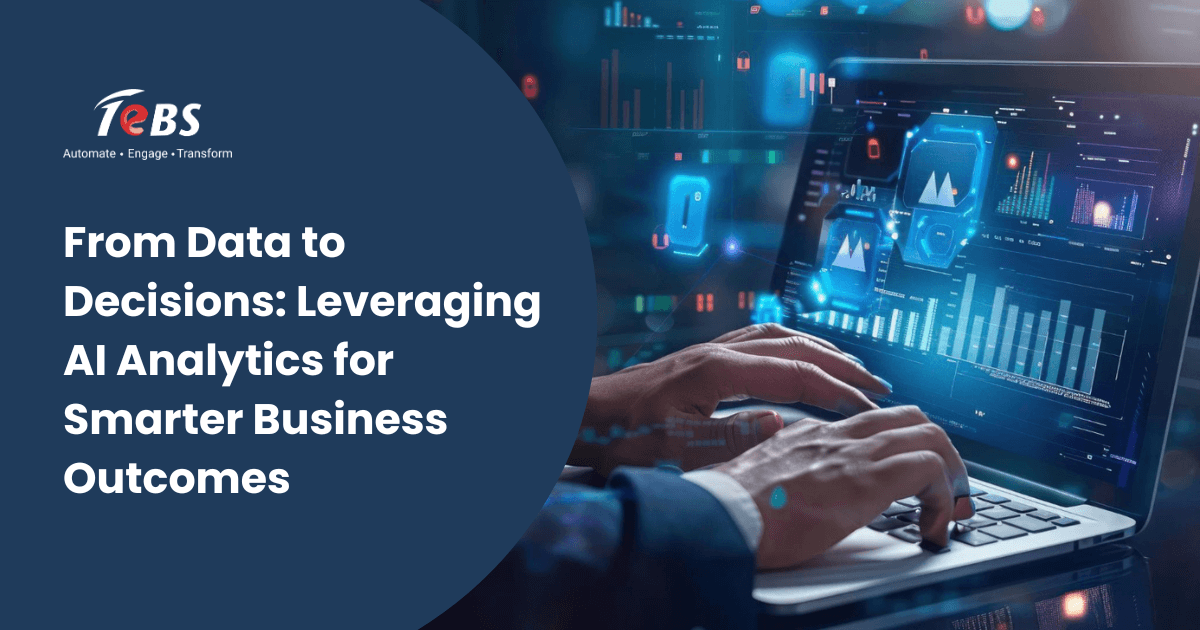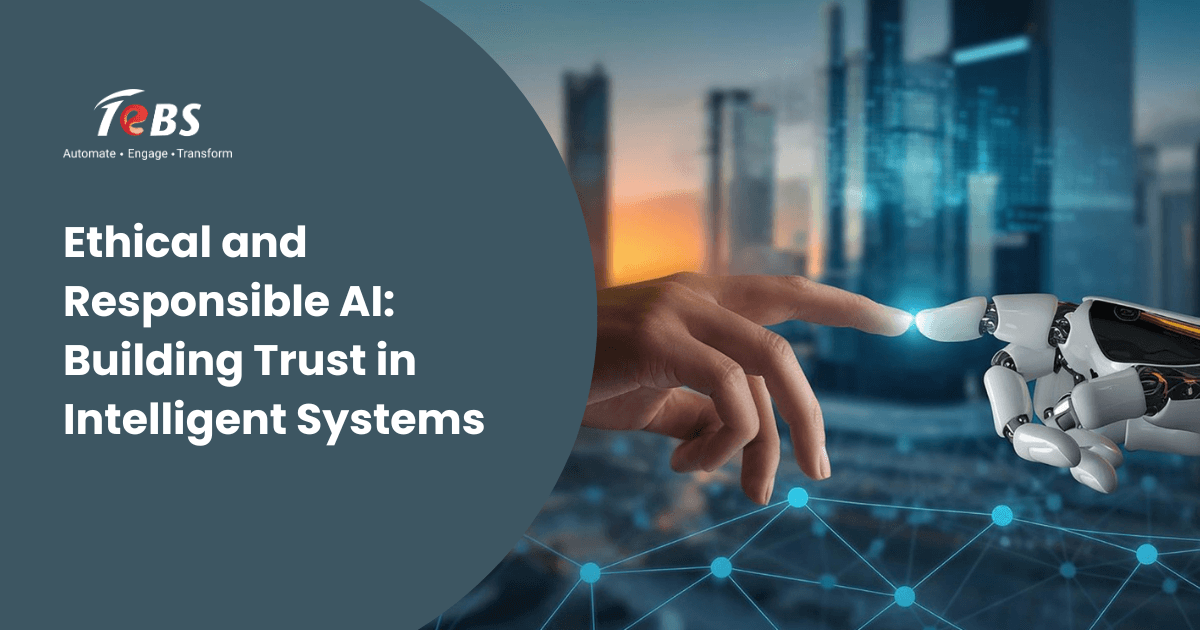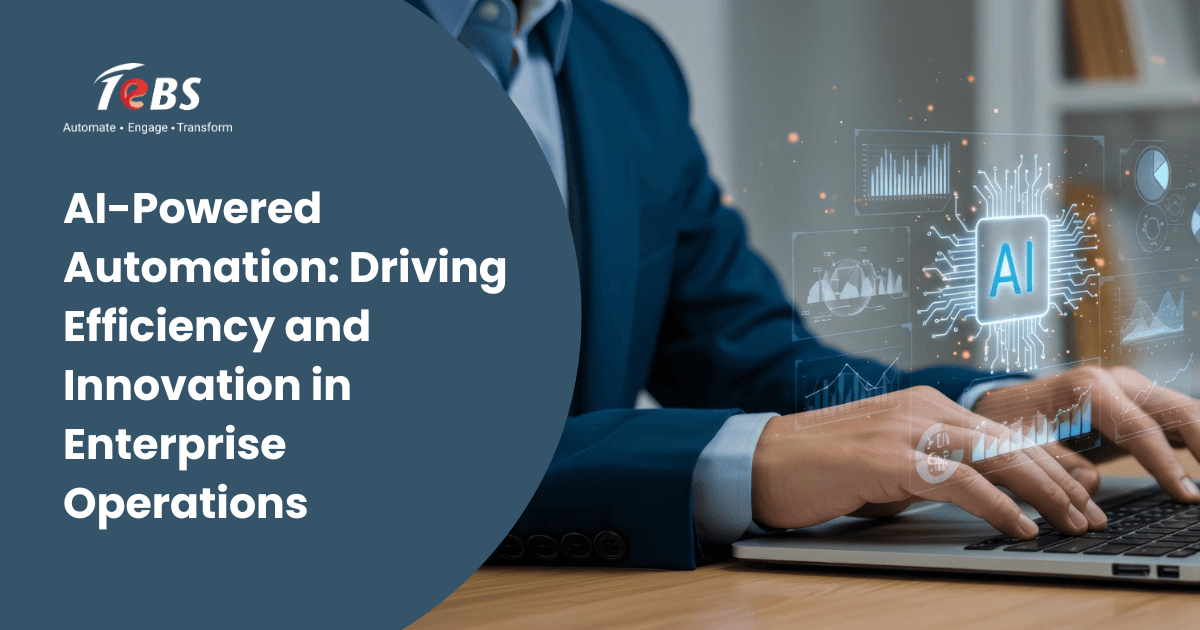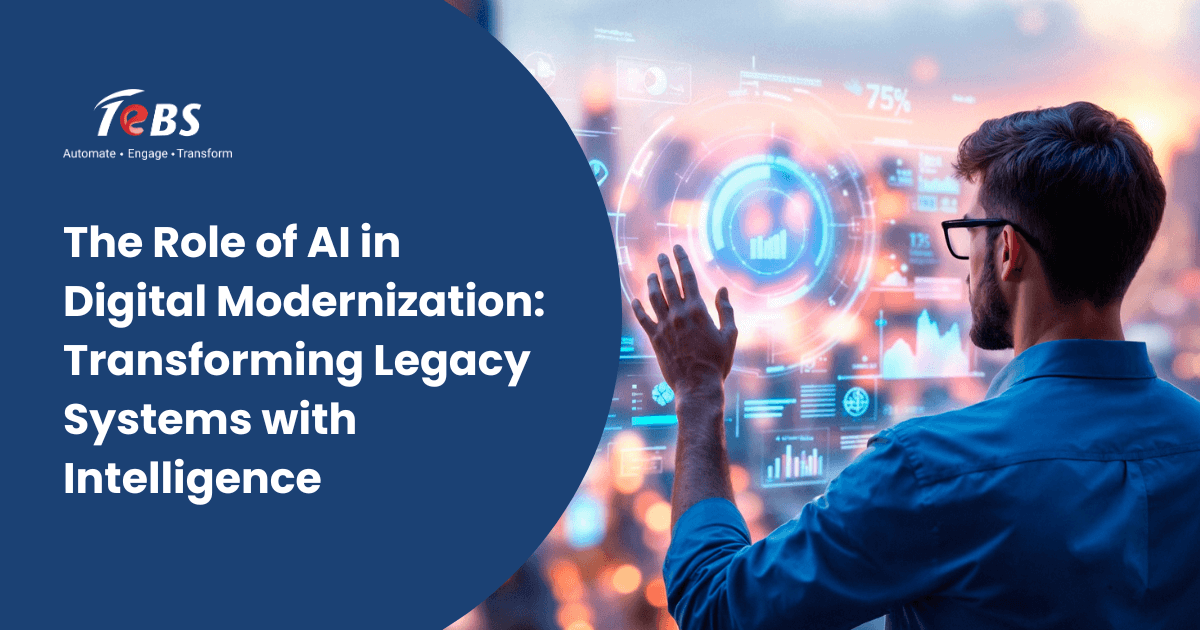Artificial Intelligence has shifted the business world from traditional decision-making models to data-driven strategies that continuously adapt and improve. At the center of this transformation is AI analytics, a powerful combination of data science, machine learning, and intelligent automation. It helps organizations analyze large volumes of data, discover patterns, predict outcomes, and drive actionable insights that improve business performance. As a result, Data Analytics AI is becoming an essential capability for enterprises aiming to stay ahead of the curve. As data continues to grow in complexity and scale, AI analytics becomes not only a strategic asset but also a critical foundation for future competitiveness.
Defining AI Analytics
AI analytics refers to the integration of artificial intelligence into data analysis processes. It combines technologies such as machine learning, natural language processing, and computer vision with traditional analytics tools to automate data discovery, pattern recognition, and decision support.
Unlike conventional analytics, which often relies on static reports and manual interpretation, AI analytics enables systems to learn from data, adjust to new inputs, and deliver insights with minimal human intervention. It moves from reactive analysis to predictive and prescriptive recommendations that anticipate business needs and outcomes.
AI analytics can analyze both structured and unstructured data. This includes spreadsheets, databases, text documents, images, videos, emails, customer feedback, and sensor data. The result is a comprehensive understanding of business operations, customer behaviors, and market trends.
Key Components and Technologies
AI analytics is not a single tool or platform. It is an ecosystem of technologies and processes that work together to transform raw data into strategic intelligence. Some of the core components include:Machine Learning Algorithms
These are at the heart of AI analytics. They identify patterns in data and improve over time without being explicitly programmed. They power predictive models, recommendation engines, and anomaly detection systems.Natural Language Processing
NLP allows systems to interpret and analyze human language, enabling insights from emails, social media, support tickets, and more. It also powers chatbots and virtual assistants that can provide real-time responses to user queries.Data Integration Tools
These collect data from multiple sources such as cloud services, CRMs, ERPs, IoT devices, and external APIs. A unified data pipeline ensures that analytics is based on a complete and consistent dataset.Automated Data Preparation
AI analytics platforms often include tools that clean, transform, and enrich data automatically. key steps toward building AI-ready data that supports accurate and scalable machine learning. This significantly reduces the time required for data wrangling and increases reliability.Visualization and Dashboards
Smart dashboards built with AI enable users to interact with data more intuitively. They highlight trends, provide drill-down views, and surface important KPIs in real time.Cloud Computing Infrastructure
The scalability and performance of cloud platforms make it possible to process and analyze vast datasets. They support on-demand compute power, storage, and AI model deployment.Why AI Analytics Is Critical for Modern Businesses
Businesses today face increasing pressure to make faster and more accurate decisions. Market conditions change rapidly, and customer expectations evolve continuously. Traditional analytics can no longer keep pace with this level of complexity. AI analytics offers several key advantages that make it indispensable:Speed and Scalability
AI can process large datasets far quicker than humans. It uncovers insights in minutes that would take teams days or weeks to find manually. As data grows, AI continues to scale without a drop in performance.Real-Time Insights
AI systems can analyze data in real time, allowing businesses to react instantly to market shifts, operational changes, or customer needs. This is especially useful in domains like supply chain, e-commerce, and fraud detection.Increased Accuracy
By removing human bias and error from data interpretation, AI analytics improves the accuracy of forecasts and decision-making. Machine learning models are also capable of learning from past mistakes and refining their predictions over time.Cost Efficiency
Automating routine analysis tasks reduces operational costs. AI can monitor systems continuously, freeing up teams to focus on strategy and innovation.Competitive Advantage
Organizations using AI analytics can identify opportunities and threats earlier than competitors. This allows them to innovate faster and build stronger customer relationships.Applications Across Industries
AI analytics is transforming how industries operate, helping them achieve better outcomes and stay ahead in highly competitive markets.Retail and E-commerce
AI helps retailers personalize marketing, optimize pricing, and manage inventory more effectively. It enables real-time product recommendations and predictive customer segmentation based on browsing and purchasing behavior.Healthcare
In healthcare, AI analytics is used for early diagnosis, treatment optimization, and operational efficiency. It analyzes patient records, lab results, and clinical notes to support better outcomes.Financial Services
Banks and financial institutions use AI for fraud detection, credit scoring, and risk management. AI analytics enables faster underwriting and portfolio optimization.Manufacturing
Manufacturers apply AI to predict equipment failure, improve production quality, and manage supply chain risks. Predictive maintenance reduces downtime and enhances operational reliability.Public Sector
Governments and public institutions use AI analytics to manage city infrastructure, optimize public services, and improve citizen engagement through data-driven decisions.Education
AI in education enables adaptive learning platforms, student performance tracking, and personalized content delivery. Institutions gain better visibility into learning outcomes and resource utilization.Nonprofits and NGOs
AI analytics supports nonprofits in understanding donor behavior, improving outreach, and measuring program impact. It enables better resource allocation and strengthens mission delivery.How AI Analytics Improves Decision-Making
One of the most significant benefits of AI analytics is its ability to enhance the quality, speed, and confidence in decision-making across all levels of an organization.Data-Driven Strategy
Executives can use predictive insights—often unlocked through tailored AI consultation services—to develop long-term strategies with higher precision. From entering new markets to launching products, AI helps reduce guesswork.Operational Efficiency
AI analytics identifies bottlenecks, waste, and underperformance in processes. Managers can use this insight to optimize workflows and allocate resources more effectively.
Customer Understanding
Marketing and sales teams can build deeper customer profiles, segment audiences more accurately, and deliver targeted campaigns that improve conversion rates.Risk Mitigation
Finance and compliance teams can proactively detect unusual patterns that may indicate fraud, financial loss, or regulatory risks. This enables timely action and reduced exposure.Empowered Workforce
By automating repetitive analysis tasks, AI empowers employees to focus on creative problem-solving and innovation. Teams can interact with insights through intuitive dashboards and make decisions with greater confidence.Future of AI Driven Analytics
The future of AI analytics is driven by ongoing innovation and increasing adoption across sectors. Several trends will shape the evolution of this field.Explainable AI
As businesses rely more on AI decisions, there will be a growing need for transparency. Explainable AI will help users understand how conclusions are drawn, which is crucial in regulated industries.Edge AI
With the rise of IoT devices, analytics will increasingly move closer to where data is generated. Edge AI enables real-time decision-making in manufacturing plants, vehicles, and smart cities.Self-Service Analytics
Future AI platforms will offer more intuitive tools that allow business users without data science expertise to access and explore insights independently. This democratizes data and speeds up innovation.Hyper automation
AI analytics will be integrated into end-to-end AI automation services. From triggering business actions to optimizing operations autonomously, analytics will become a core part of intelligent workflows.Industry-Specific Models
AI vendors are building more domain-specific solutions that are pre-trained for particular industries. These models deliver faster time to value and require less customization.Sustainability Analytics
AI analytics will support sustainability goals by helping organizations monitor emissions, reduce energy consumption, and ensure regulatory compliance in real time.Conclusion
AI analytics is reshaping the way businesses think, operate, and grow. By unlocking the full value of data, it enables smarter decisions, higher efficiency, and stronger competitive positioning. As the technology matures, the focus will shift from adoption to optimization, with organizations embedding AI analytics into every aspect of their strategy and operations.
For businesses looking to navigate this transformation, the journey begins with choosing the right partner who understands both the technology and its practical applications. At Total eBiz Solutions, we help organizations harness AI analytics to accelerate performance, uncover opportunities, and create long-term value.
To learn how your business can benefit from AI analytics, reach out to our team at [email protected].
Frequently Asked Questions (FAQs)
What is AI analytics and how does it work?
AI analytics combines artificial intelligence with data analytics to process large datasets, identify patterns, and generate actionable insights. It uses technologies like machine learning, natural language processing, and automation to deliver predictive and prescriptive recommendations.
How is AI analytics different from traditional analytics?
Traditional analytics relies on static reports and manual interpretation, while AI analytics adapts and learns from data. It moves beyond descriptive analysis to predictive and prescriptive insights, enabling faster, more accurate, and proactive decision-making.
Why is AI analytics important for businesses?
AI analytics helps businesses respond quickly to changing markets, optimize operations, and improve customer experiences. It enhances accuracy, provides real-time insights, reduces costs, and creates a strong competitive advantage.
What industries can benefit most from AI analytics?
Industries such as retail, healthcare, finance, manufacturing, public sector, education, and nonprofits all benefit. Each can use AI analytics for personalized services, operational efficiency, risk management, and better decision-making.
What are some real-world use cases of AI analytics?
Examples include fraud detection in banking, predictive maintenance in manufacturing, personalized product recommendations in retail, early diagnosis in healthcare, and improved donor engagement in nonprofits.
What are the challenges of implementing AI analytics?
Challenges include data quality issues, lack of skilled talent, high implementation costs, integration with legacy systems, and concerns around data privacy and governance.
How can companies get started with AI analytics?
Organizations can start by identifying key business problems, ensuring data readiness, and selecting the right AI analytics tools. Partnering with experienced solution providers also accelerates adoption and reduces risks.
What is the future of AI analytics?
The future includes explainable AI, edge analytics, self-service AI tools, hyperautomation, industry-specific AI models, and sustainability-focused analytics. These trends will make AI analytics more transparent, accessible, and impactful.

